The US has temporarily escaped the risk of default, but the provision forcing the government to limit spending could push the US economy closer to recession.
On May 27, US President Joe Biden and Republican Speaker of the US House of Representatives Kevin McCarthy reached a preliminary agreement to raise the public debt ceiling, avoiding pushing the country into default in early June.
The preliminary deal, which still needs to be approved by the US Congress in the next few days, would help the US avoid the worst-case scenario of defaulting on its debt and triggering a financial disaster. However, the deal would also push the world's largest economy closer to recession, according to Bloomberg .
One of the agreed contents is that the government must limit spending for the next 2 years. This will be a new challenge for the US economy, which is under pressure from high interest rates and reduced access to credit.
Government spending has supported growth in recent quarters amid challenges such as a slowdown in home construction, so a debt-ceiling deal could derail that momentum. Two weeks before the deal was reached, economists surveyed by Bloomberg put the chance of a recession next year at 65 percent.

Americans shop at a supermarket in New York. Photo: Bloomberg
For the US Federal Reserve (Fed), the government's spending restraint will be a new factor for them to consider when assessing the growth outlook and adjusting interest rates. Until the end of last week, the market still expected the Fed to keep interest rates unchanged at its mid-month meeting next month. After that, they could raise them one last time by 25 basis points (0.25%) in July.
“This agreement means a little bit more fiscal tightening, given that monetary policy is already tightening. That will have a synergistic effect,” said Diane Swonk, chief economist at KPMG.
US stock futures are still rising this morning. S&P 500 futures are up 0.4%. Bond trading is closed today. However, in the futures market, the yield on the 10-year US government bond rose slightly to 4.46%.
The spending cap is expected to take effect from the new fiscal year, which starts on October 1. However, smaller impacts will likely appear before then, such as reduced Covid-19 support or student loans, which are unlikely to show up in GDP figures.
Still, the spending curbs for the coming fiscal year could come at a time when the U.S. economy is contracting. Economists surveyed by Bloomberg expect GDP to fall 0.5% in the third and fourth quarters, respectively.
"If the US economy slows, reducing fiscal spending will have a larger impact on GDP and the job market," said Michael Feroli, chief economist at JPMorgan Chase.
As the US economy slows, fiscal policy can support monetary policy to keep inflation in check. According to the latest report, US inflation is still well above the Fed's 2% target.
"This is a significant development. After more than a decade, fiscal and monetary policy are moving in the same direction. Perhaps fiscal tightening will be the factor that adds pressure to inflation," said Jack Ablin, chief investment officer at Cresset Capital Management.
Since March 2022, the Fed has raised interest rates 10 times, totaling 5%. This is the most aggressive monetary tightening strategy since the early 1980s. However, the US economy has remained quite resilient and has not fallen into recession as many analysts feared.
The unemployment rate is now at a more than 50-year low of 3.4%. Hiring is also at a record high. Consumers also have more savings after the pandemic.
Still, the Treasury’s cash has dwindled rapidly since hitting the $31.4 trillion debt ceiling in January. With the debt ceiling temporarily out of the question, the Treasury will ramp up bond issuance to replenish its coffers.
The wave of bonds could drain liquidity from financial markets, but the exact impact is hard to gauge. Treasury officials could also issue smaller amounts to reduce volatility.
In the long term, this kind of fiscal tightening will certainly have an impact on the US public debt. Last week, the International Monetary Fund (IMF) said the US needed to tighten its primary budget (excluding interest payments) by 5% of GDP “to bring the public debt down steadily by the end of the decade.”
So keeping spending at 2023 levels will make it harder for them to do that. “Spending will probably stay flat, reducing the fiscal risk to the economy while also reducing the deficit a little bit,” Marcus concludes.
Ha Thu (according to Bloomberg)
Source link






















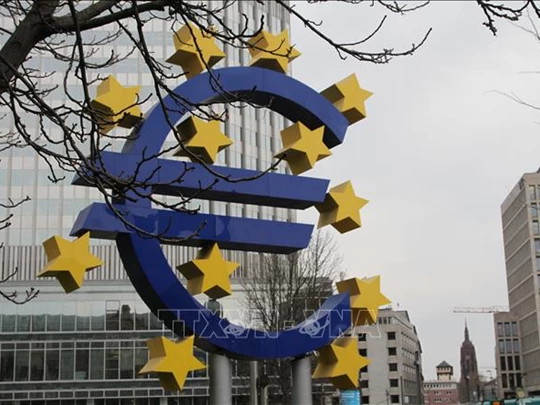



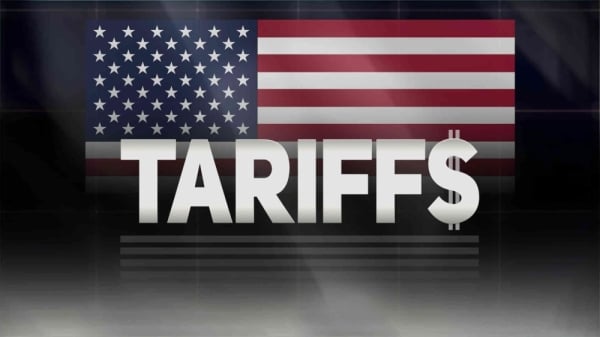
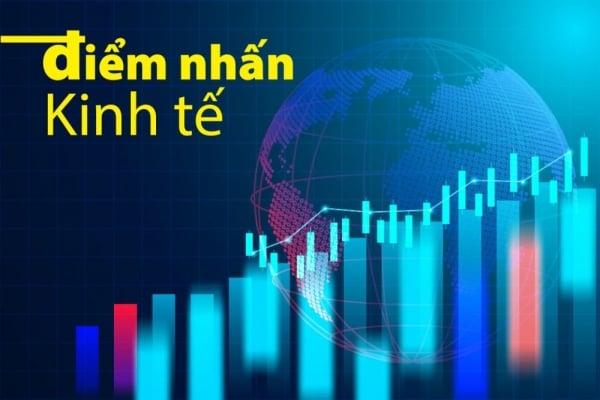

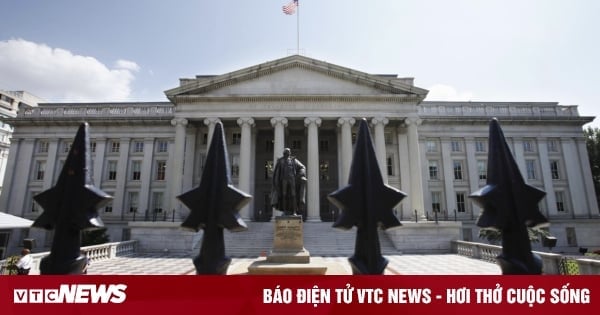

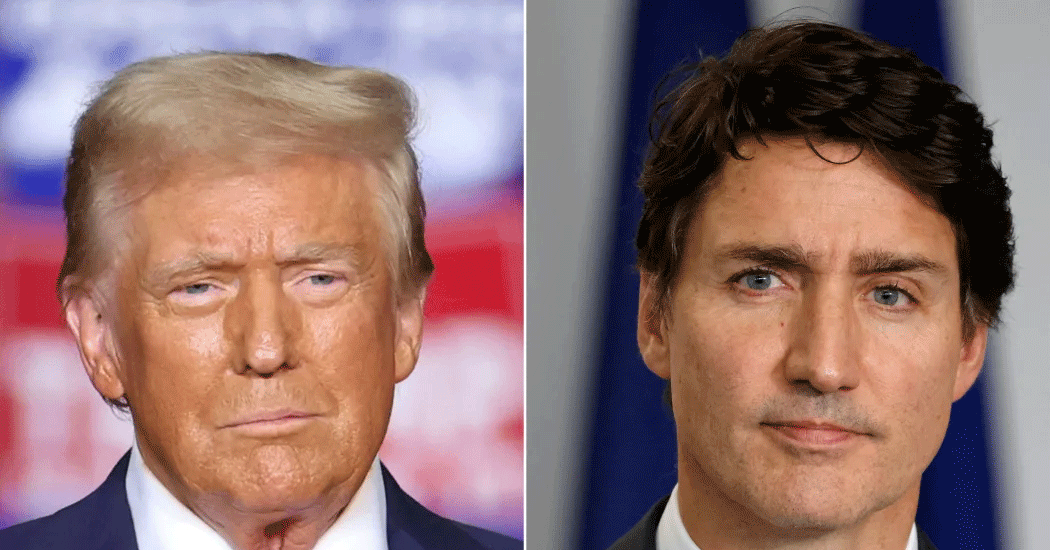




























Comment (0)